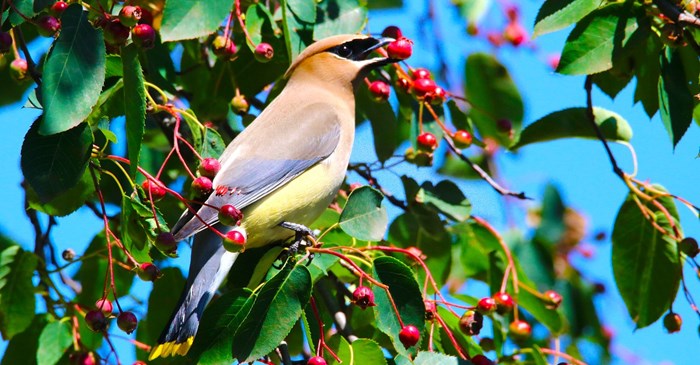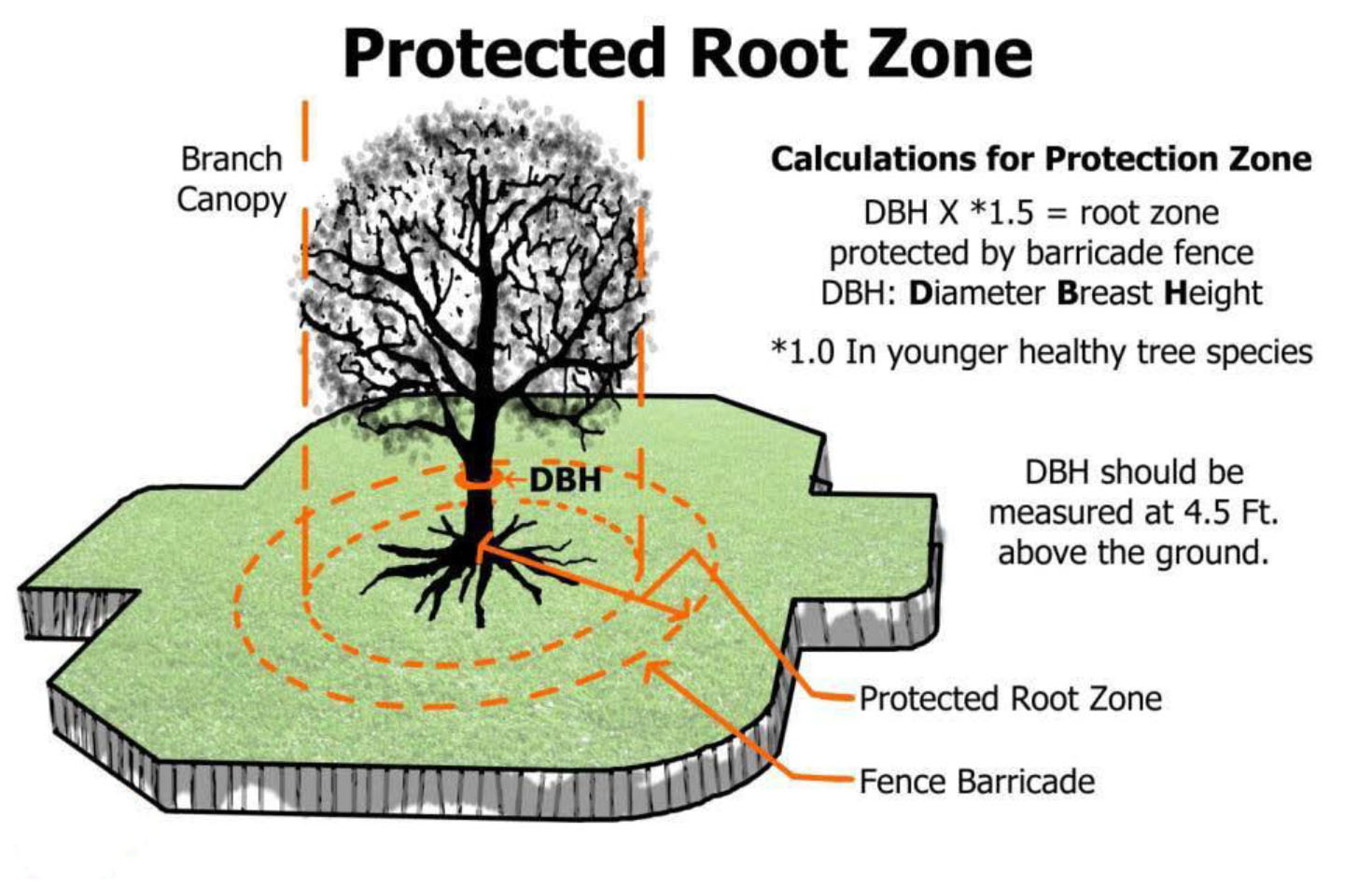Introduction:
In the modern urban jungle, the soothing symphony of bird songs has become an increasingly rare melody. While cities are adorned with lush greenery and carefully curated landscapes, there's a hidden cost to the emphasis on ornamental beauty: the silence of our feathered friends. Selective horticultural practices that prioritize aesthetic appeal over ecological balance are contributing to the decline of bird populations in cities. Yet, there’s hope. By embracing sustainable landscape practices and mindful design, we can restore the harmony of bird songs in our urban environments.
- Habitat loss and fragmentation: When natural habitats are replaced with selectively planted landscapes, birds may lose their native environments, leading to reduced populations and less singing.
- Limited food sources: Selective planting can result in a lack of diverse food sources, making it harder for birds to survive and sing.
- Reduced nesting sites: With fewer native plants, birds may struggle to find suitable nesting sites, affecting their ability to reproduce and sing.
- Increased noise pollution: Selective planting can lead to more human activity, generating noise that drowns out bird songs.
- Changes in bird behavior: Altered landscapes can cause birds to adapt their behavior, potentially reducing singing activity.
As we strive to create beautiful and functional outdoor spaces, we often overlook the impact of our planting choices on the natural world. Selective planting, where specific plants are chosen for their aesthetic or practical value, can have far-reaching consequences for local bird populations. One of the most striking effects is the decline of bird songs, a cherished aspect of nature that brings joy and serenity to our lives.
Habitat Loss and Fragmentation
When natural habitats are replaced with selectively planted landscapes, birds lose their native environments, leading to reduced populations and less singing. A study published in the journal Landscape Ecology found that urbanization and habitat fragmentation can lead to a decline in bird species richness and abundance (1). By planting a diverse range of native species, we can help preserve habitats and support thriving bird communities.
Limited Food Sources
Selective planting can result in a lack of diverse food sources, making it harder for birds to survive and sing. Birds rely on specific plants for food, shelter, and breeding grounds. A study in the Journal of Applied Ecology found that bird populations are influenced by the availability of food resources, particularly insects and seeds (2). By incorporating native plants that provide a variety of food sources, we can support bird populations and encourage singing.
Reduced Nesting Sites
With fewer native plants, birds may struggle to find suitable nesting sites, affecting their ability to reproduce and sing. A study published in the journal Biological Conservation found that nesting success is influenced by the availability of suitable nesting sites (3). By planting native vegetation, we can provide birds with the resources they need to thrive.
Increased Noise Pollution
Selective planting can lead to more human activity, generating noise that drowns out bird songs. A study in the journal Environmental Research Letters found that noise pollution can have negative impacts on bird behavior and communication (4). By creating quiet spaces and minimizing human disturbance, we can help birds sing freely.
Changes in Bird Behavior
Altered landscapes can cause birds to adapt their behavior, potentially reducing singing activity. A study published in the journal Animal Behaviour found that birds may adjust their singing behavior in response to environmental changes (5). By creating landscapes that support natural behavior, we can encourage birds to sing.
The Impact of Selective Planting:
Urban landscaping often leans towards choosing plants that enhance visual appeal—those with vibrant flowers, neatly pruned shrubs, and exotic trees that fit the city's image of modern beauty. However, this selective approach neglects the needs of local wildlife, particularly birds.
Birds rely on specific types of vegetation for food, shelter, and nesting. Native plants produce the fruits, seeds, and insects that are crucial to their diet. But when cities replace native flora with exotic species or overly ornamental plants that offer little ecological value, birds lose vital resources. The result? Fewer birds, less biodiversity, and a quieter city.
Sustainable Landscape Planting: The Solution
To reverse this trend, sustainable landscape planting must become a priority in urban design. Here’s how:
Native Plant Selection: Native plants are adapted to the local climate and soil, requiring less maintenance and providing essential resources for birds. Incorporating these plants into urban landscapes supports not only birds but other wildlife like bees and butterflies, fostering a richer ecosystem.
For inspiration on native plants that attract birds, check out guide on bird-friendly plants. Please find here a list of Native plants in India.
Biodiverse Planting: Creating layers of vegetation with a mix of trees, shrubs, and ground cover mimics natural habitats, providing various food sources and nesting opportunities for birds. This approach creates a self-sustaining ecosystem that requires less human intervention.
See examples of biodiverse urban landscapes here. [Link to images of biodiverse landscapes]
Avoiding Monocultures: While it might be tempting to plant rows of the same tree or shrub for uniformity, monocultures can harm biodiversity. Diverse planting schemes not only support more wildlife but also enhance the resilience of the urban environment against pests and diseases.
Explore the benefits of diverse planting. [Link to articles on the dangers of monocultures]
Addressing Root Zone Compaction:
Beyond plant selection, the health of urban trees plays a crucial role in supporting bird populations. One of the most overlooked aspects of tree health is root zone compaction. In cities, the root zones of trees often suffer from compaction due to foot traffic, construction activities, and even the use of heavy machinery.
Compacted soil reduces the ability of tree roots to absorb water, oxygen, and nutrients, leading to weakened trees that are more susceptible to disease and less capable of providing the habitat that birds need. Sustainable design practices, such as using permeable paving materials and creating dedicated root zones, are essential in preventing compaction and ensuring that urban trees can thrive.
Permeable Paving: Using materials that allow water and air to reach the roots reduces compaction and supports healthier trees. It’s a simple change with a significant impact on urban greenery.
Check out examples of permeable paving here. [Link to images of permeable paving designs]Protected Root Zones: Designating areas around trees where foot traffic and construction are minimized can protect root systems from compaction. These zones can be integrated into the overall design of urban spaces, ensuring both functionality and ecological balance.
Learn more about the importance of protecting root zones. [Link to Root zone protection]
The Role of Designers and Planners:
Urban designers and landscape architects play a pivotal role in reversing the decline of bird populations. By prioritizing ecological sustainability over mere aesthetics, they can create urban spaces that are not only beautiful but also teeming with life.
Educating stakeholders about the long-term benefits of sustainable planting and tree protection is key. Developers, city planners, and residents alike need to understand that a thriving urban ecosystem enhances the quality of life for everyone—not just birds.
Call to Action
As we design and manage our outdoor spaces, let's consider the impact on bird populations and their songs. By incorporating native plants, reducing noise pollution, and preserving natural habitats, we can create landscapes that support thriving bird communities. Let's work together to create a world where bird songs continue to fill the air.
Conclusion:
The silence of bird songs in cities is a warning sign, but it’s not too late to restore the balance. By shifting away from purely aesthetic-focused planting and adopting sustainable landscape practices, we can bring back the natural melodies that make our urban environments more vibrant and alive. Every tree planted with care, every plant chosen for its ecological value, and every effort to protect our urban greenery contributes to a future where cities and nature coexist harmoniously.
References:
(1) Landscape Ecology, "Urbanization and habitat fragmentation: A review of the evidence"
(2) Journal of Applied Ecology, "Food availability and bird populations"
(3) Biological Conservation, "Nesting success and habitat quality"
(4) Environmental Research Letters, "Noise pollution and bird behavior"
(5) Animal Behaviour, "Bird song and environmental change"
- Habitat fragmentation can reduce biodiversity by 13–75%. The effects are most pronounced in small, isolated fragments, and worsen over time.
- Habitat fragmentation can harm ecosystem functions by reducing biomass and altering nutrient cycles.
- Urbanization can create barriers that prevent organisms from moving around, which can reduce ecological connectivity.
- Habitat fragmentation can bring wild animal populations closer to domesticated animals, which can lead to the spread of disease.
- Habitat fragmentation can cause the extinction of many species.
- Land-use history can strongly influence the current distribution of fragments and the condition of the ecosystems within them.











No comments:
Post a Comment